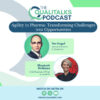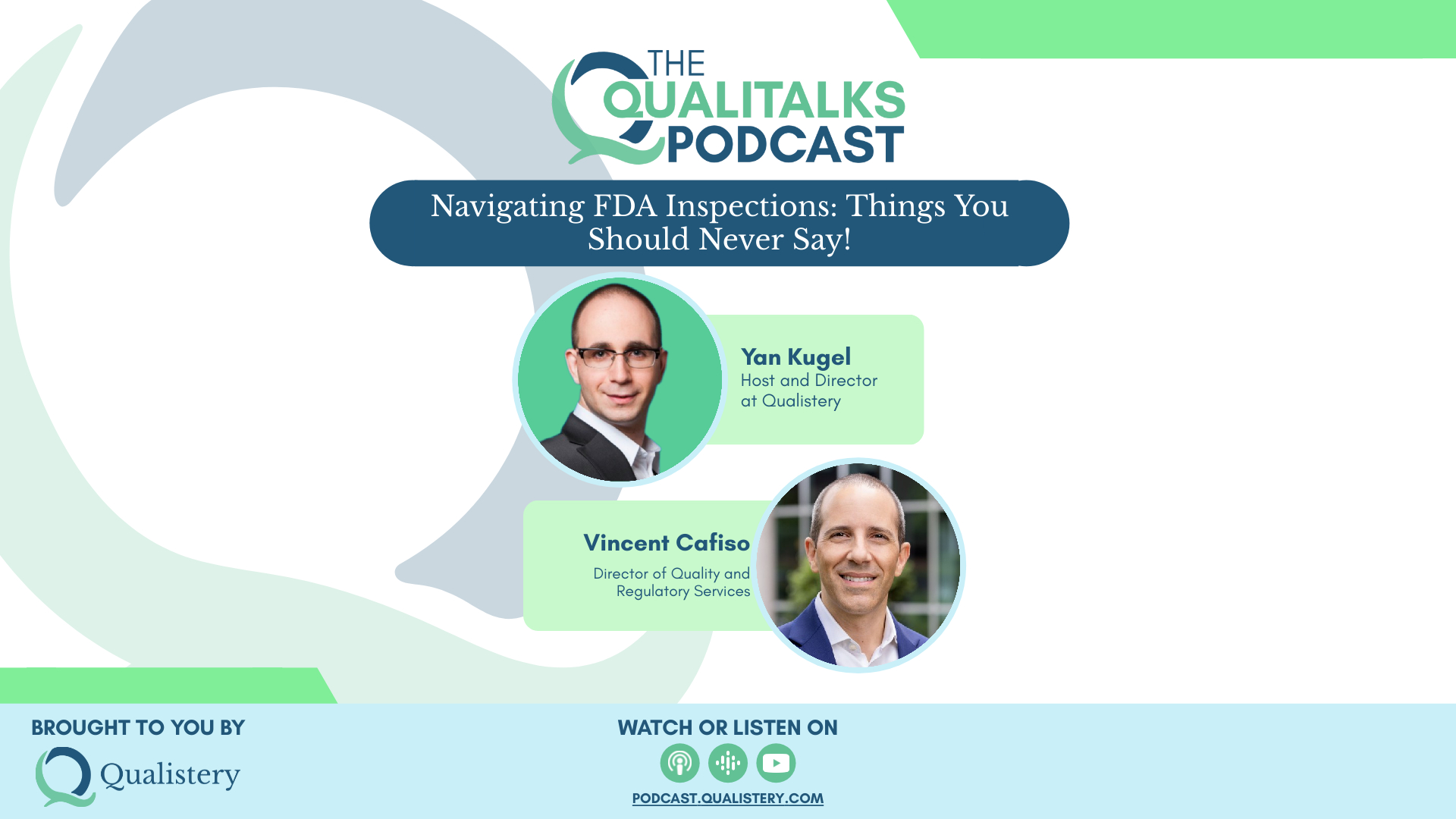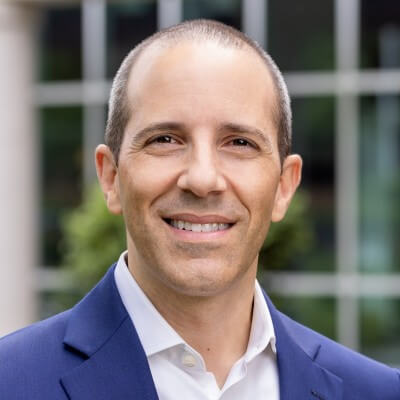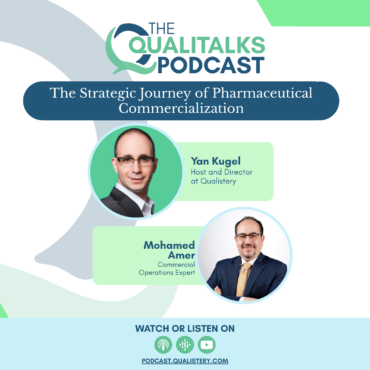The Strategic Journey of Pharmaceutical Commercialization [Mohamed Amer]
Yan Kugel is joined by Mohamed Amer, a seasoned executive with over 20 years of experience in strategic and commercial leadership in the healthcare industry. Mohamed emphasizes the significance of […]





